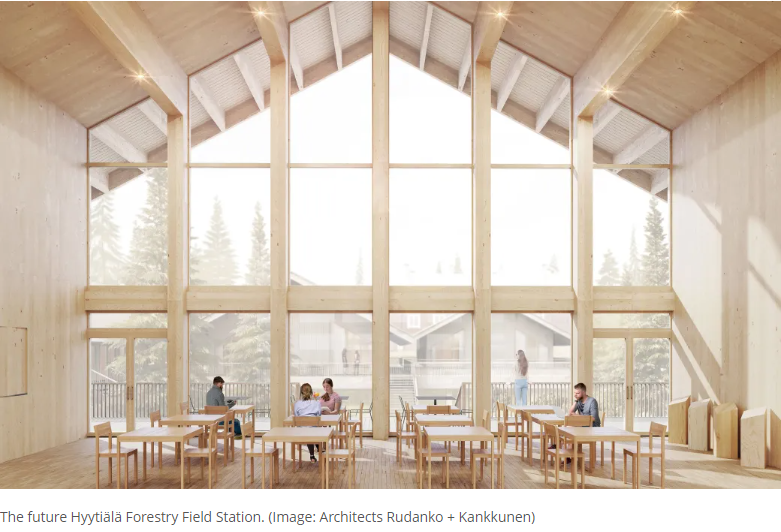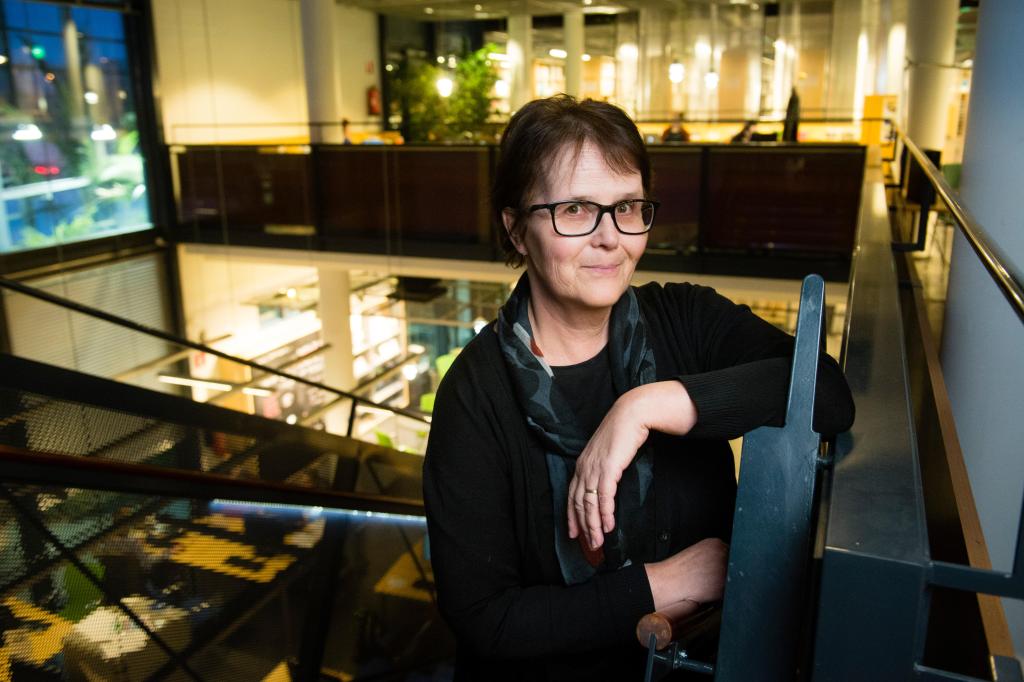In the future, the living lab currently being built at the Hyytiälä Forestry Field Station, operated by the University of Helsinki’s Faculty of Agriculture and Forestry in Juupajoki, will be part of an international research and measurement network.
Together with two international partners, the University of Helsinki’s Faculty of Agriculture and Forestry has established a new kind of research collaboration network. Included in the network as partners who will share information gained from the living laboratories, or new mass timber buildings, are Oregon State University, a leader in forestry from the United States, and InnoRenew CoE, a young and dynamic research institute in Slovenia. Additional members are welcome to join the network in the future.
The sustainability of construction and materials, energy solutions as well as the climate-related, environmental and health effects of construction affect every consumer and society on the planet. The Sustainable Development Goals of the UN encourage a transition towards increasingly sustainable construction and housing. In Finland, the use of wood in construction is also on the rise in urban environments and apartment building construction.
“We wish to be a strong player and contribute to the creation of a unique and multidisciplinary research environment where researchers from a range of disciplines and universities can collaboratively lay the research-based groundwork needed to solve future challenges. In this, international cooperation holds a key role,” Dean Ritva Toivonen says.
What are living labs?
In particular, the collaboration will utilise new mass timber buildings built for the universities, also known as living laboratories. A living laboratory comprises a multidisciplinary research platform provided by the building, which generates continuous measurement data flow on timber structures and the changes taking place in them over time with the help of, for example, an automated sensor network. Among other purposes, shared data can be used when establishing field-specific standards.
The goal of the collaboration is to make it possible to combine datasets and conduct international comparative research, for example, between North and South Europe as well as Europe and North America. The network is aimed at developing a data repository and a website that contain information on projects, datasets and research findings which utilise living lab platforms and data produced by them.
The partnership offers opportunities in multidisciplinary research and teaching as well as in co-creation and innovation activities according to the special characteristics of individual living labs. At the same time, entirely new opportunities and contexts are provided for international education and innovation efforts.
Four new buildings are currently being constructed at the Hyytiälä Forestry Field Station with cross-laminated timber (CLT) structures and walls as well as flooring and roofs based on laminated veneer lumber (LVL). The buildings have one to two floors. One of the buildings houses a large dining and study/conference hall, while the three accommodation buildings serve as both overnight lodging and workspaces. In two of the buildings, research data will be collected on, among other things, indoor air quality and the properties of building materials.
The George W. Peavy Forest Science Center (PFSC) in Corvallis, Oregon, completed in 2019, is a three-story building that utilises elements of mass timber construction.
The InnoRenew CoE building, the largest wooden building in Slovenia, combines timber, concrete and steel. It was designed according to state-of-the-art principles of contemporary sustainable construction following the principles of REED (Restorative Environmental and Ergonomic Design) based on research outputs from the InnoRenew CoE.





